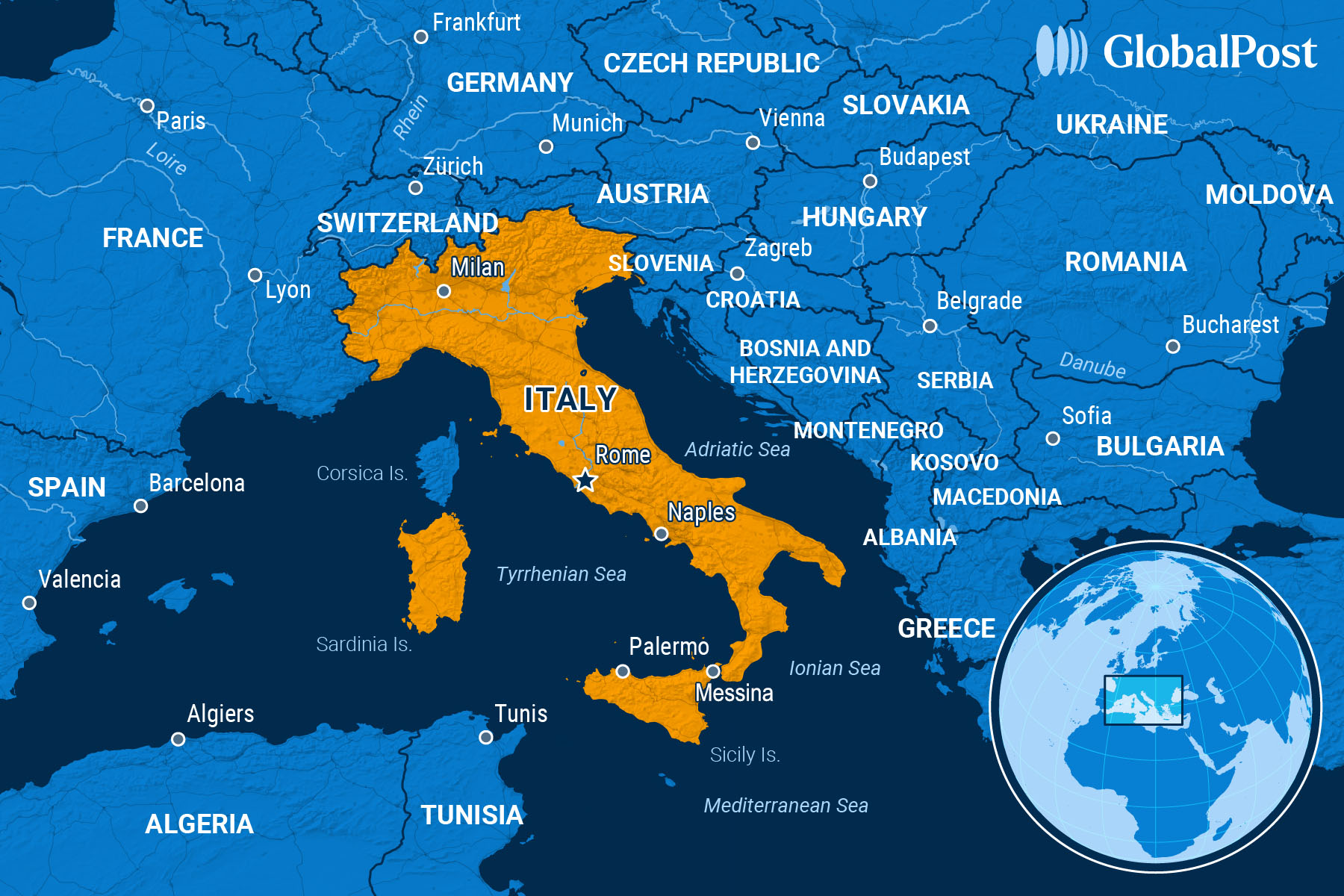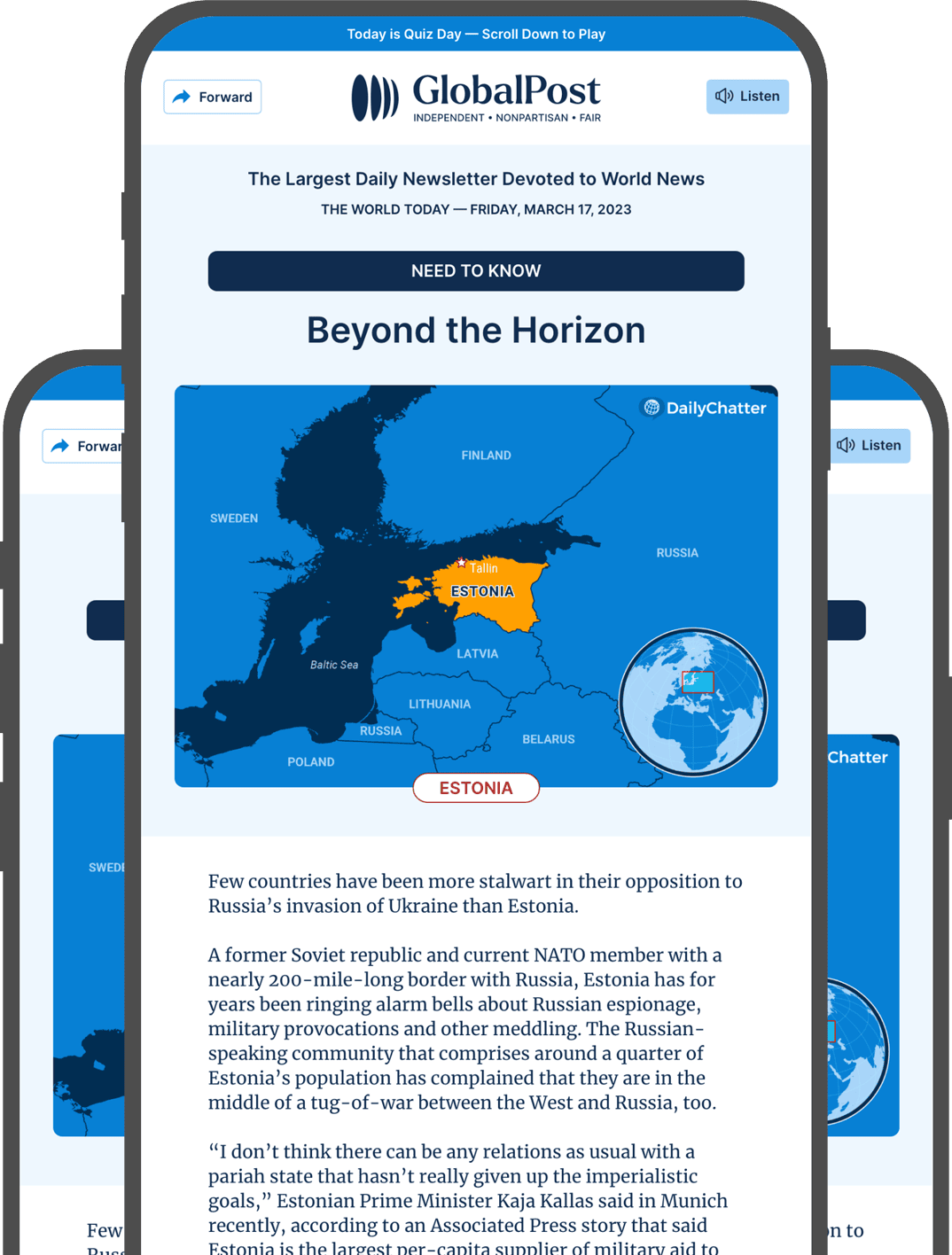A Bridge Too Far: Italy To Build Controversial Link Between Sicily and the Mainland

Torre Faro, a fishing town north of Messina on the Italian island of Sicily, has been holding its breath for years, waiting for the day when it will be sacrificed for the construction of a bridge, one that would link Sicily to the Italian mainland.
Even as far back as the early 2000s, the manager of the once-revered Faro Motel postponed maintenance work and upgrades, waiting for the letter that would tell him he would have to shut down.
The notice never came. But the establishment, like many others in the area, now lies in ruins anyway, a ghost hotel on the shores of the Strait of Messina, marked by the rust, dust, weeds, and silence of abandonment.
For others, however, a recent announcement that construction on the bridge is imminent has brought the wait to an end and, instead, ignited a battle to save their homes and their region.
“They could offer me three times the value of my house, but that doesn’t matter to me. What matters is the landscape. They must not touch the Strait of Messina,” Mariolina De Francesco, a 75-year-old resident of Messina whose house lies near the site of one of the bridge’s planned 1,600-foot land towers, told the Associated Press. “Our lawyers will take action, and we will stop them.”
The Strait of Messina, separating Sicily from the Italian mainland, is about 1.9 miles wide at its narrowest point, between Capo Peloro in Messina, Sicily, and Punta Pezzo in the town of Villa San Giovanni, in Calabria.
Between the two coasts that never quite meet, the Mediterranean Sea produces a shimmering illusion: The fata Morgana, a mirage that makes the shoreline appear within reach. In reality, the fastest connection between the two points today is a 20-minute ferry, according to Smithsonian Magazine.
All of this is about to change as Italy prepares to build the longest single-span suspension bridge in the world, with construction to begin in the spring.
The project is expected to cost $15.7 billion and will feature six lanes for vehicle traffic and two for rail lines: It will have capacity for up to 200 trains a day and 6,000 vehicles per hour, according to Webuild, one of the companies leading the project.
It is slated to open in 2032.
The bridge has been a dream of those ruling Italy since ancient times: Roman author Pliny the Elder wrote of a temporary bridge built to transport war elephants across the strait around 250 BCE.
Many others have attempted the feat, from King Victor Emmanuel in the 1860s to fascist dictator Benito Mussolini in the 1940s, to former Prime Minister Silvio Berlusconi. They all failed.
This current project was first approved in 1971. Revived by the administration of Prime Minister Giorgia Meloni in 2023, it has now advanced beyond a planning stage, likely because Italy is experiencing one of its most stable governments since becoming a republic in 1946, analysts said.
Meloni said it will be “an engineering symbol of global significance,” adding that it will be an “investment in Italy’s present and future.”
Officials say it would develop the southern region and provide jobs: Webuild predicts that the project would create over 100,000 jobs in a region of Italy where unemployment is double the national average – 13 percent compared with 6.5 percent.
But in the south, both in Sicily and in mainland Calabria, the bridge is inspiring outrage.
In Messina, where the volcanic slopes of Mount Etna meet the sea, the stark landscape is littered by cracked buildings with boarded-up windows. Residents say, however, a bridge to the mainland won’t bring them what they need.
“In the south, there are no streets, no schools, no money, no jobs, no railways,” Renato Accorinti, anti-bridge activist and a former mayor of Messina, told the Atlantic. “And you want to spend a colossal figure of money we don’t have on those three kilometers. What will you solve with those three kilometers? Just to say you did the biggest thing in the world?”
Opponents from the “No Ponte” (No Bridge) movement say the money should go to existing infrastructure projects that need help, such as roads and railways. Instead, part of the budget will be used to build new infrastructure and leisure attractions in the area.
Recently, thousands protested against the bridge in Messina, arguing that it would destroy the local landscape, add to the destruction of earthquakes, and disrupt the lives of nearby residents.
About 500 families would need to be relocated for the bridge to be built. Many are determined to resist.
Environmental groups have also filed complaints with the European Union, noting that the strait lies along crucial migration routes for fish and birds, and the bridge could confuse the animals.
Critics also argue that construction would use millions of liters of water a day, taking the limited resource away from Sicily and Calabria, which regularly struggle with drought and occasionally are forced to ration water.
Meanwhile, some are concerned that the funds could be siphoned off by the Sicilian and Calabrian mafias, which are extremely influential in politics and society in southern Italy.
Still, there are residents who hope the bridge could change something for the better, with its promotion of fast rail and road connections providing a much-needed boost to Sicily and the rest of Italy’s poorer southern regions.
“The bridge could create jobs for young people,” said 71-year-old Giuseppe Caruso. “And maybe it could also change something in Sicily, where we always like to keep everything as it is.”

Subscribe today and GlobalPost will be in your inbox the next weekday morning
Join us today and pay only $46 for an annual subscription, or less than $4 a month for our unique insights into crucial developments on the world stage. It’s by far the best investment you can make to expand your knowledge of the world.
And you get a free two-week trial with no obligation to continue.
